Introducing Vault Bridge: A New Revenue Lego for EVM Chains
Powered by Morpho vaults, Vault Bridge gives chains a built-in revenue stream that scales alongside TVL

Following the release of the CDK OP Stack configuration comes Vault Bridge Protocol. With CDK OP Stack, it’s possible for new and existing OP Stack Chains to connect to the Agglayer.
Vault Bridge Protocol expands Agglayer optionality by enabling EVM chains to earn revenue from their TVL.
The Agglayer’s Vault Bridge is a customizable yield-generating mechanism for providing L2s with a native revenue stream. It’s designed to help EVM chains move toward a more durable, less extractive economic model for funding ecosystem growth.
Vault Bridge transforms idle bridged assets into productive capital—generating sustainable, protocol-native revenue for Layer 2s (L2s). By design, all the assets of chains using Vault Bridge are segregated from assets on Agglayer that do not use Vault Bridge.
Vault Bridge is powered by Morpho, the immutable lending protocol built on Ethereum’s ERC-4626 vault standard, with Gauntlet and Steakhouse Financial providing best-in-class risk management. With no changes to existing bridge flows, chains can generate revenue on bridge deposits of ETH, USDC, USDT, and WBTC out-of-the-box. Vault Bridge can also support additional tokens–like your chain’s native gas token, for example.
No bespoke integrations required; Vault Bridge is compatible with any EVM chain, designed primarily for new L2s, but compatible with existing chains and bridges, too. NOTE: for existing EVM chains, Vault Bridge doesn’t replace the canonical bridge—only net-new bridged assets earn yield, rather than moving existing bridge deposits. Chains can configure Vault Bridge to give users the option to participate or opt-out.
And once Agglayer supports integration with non-EVM chains, Vault Bridge will be compatible with blockchain architectures outside the Ethereum ecosystem.
Purpose-built for the next generation of rollups, Vault Bridge is a better-in-every-way alternative to value-extractive revenue models.
Revenue generated by Vault Bridge grows alongside a chain’s TVL, and can be distributed pursuant to the chain’s governance. This means that revenue scales with adoption—not inflation.

How Vault Bridge works
Vaults are managed by Gauntlet and Steakhouse Financial, with strategy weights selected based on a chain’s risk profile and vault exposure preference. This ensures yield is produced with institution-grade diligence.
The four-step process is simple:
1. User bridges assets: When users bridge ETH, USDC, USDT, or WBTC, they receive a 1:1 representation of the asset on the chain.
2. Assets are routed to Morpho vaults: The original tokens remain in Vault Bridge and are deposited into the corresponding Morpho vaults.
3. Strategies are professionally managed: Vault capital is deployed into yield-generating strategies. That strategy is pre-selected and maintained by independent, best-in-class risk curators according to that chain’s goals.
4. Revenue flows back to the chain (and its ecosystem): Yield generated from Vault Bridge is streamed back via native Vault Bridge contracts to the chain to be distributed according to how it sees fit.
For users, once deposited, they receive a 1:1 representation of their bridged assets. These tokens do not accrue yield directly to users.
Vault Bridge isn’t just meant for DeFi ecosystems—in fact, its application may be most useful outside of DeFi. Like a gaming chain ecosystem that wants to sponsor all transaction fees for users on their network. Or a social app ecosystem that wants to attract new creators without inflationary token minting.
Ready right now
Integration with Vault Bridge doesn’t require any existing infra like lending markets or yield farms. And it doesn’t replace your canonical bridge. Existing EVM chains can begin earning on net-new bridged assets immediately.
For builders deploying a new rollup, Vault Bridge provides one important benefit: It increases the success of your mainnet launch, the period of fastest growth, to provide a source of capital with a long horizon.
You can check out the code here. If you’re interested in using Vault Bridge on your new or existing chain, reach out here.
About Polygon Labs:
Polygon Labs is a Web3 software company developing Polygon Proof-of-Stake network, the premiere blockchain for payments and RWAs, and Agglayer, a unified web of chains that feels like the Internet. Polygon is known as the low-cost, high velocity network, with billions secured in stablecoins, supporting a robust payments ecosystem to help grow Agglayer use cases in an interoperable Web3. Research from Polygon Labs has contributed to the development of widely-adopted zero-knowledge technology, with successful, independent projects incubated through the Agglayer Breakout Program, such as Katana, ZisK, Miden, PrivadoID, and more.
Disclaimer:
The information in this post should not be used or considered as legal, financial, tax, or any other advice, nor as an instruction or invitation to act by anyone. Users should conduct their own research and due diligence before making any decisions. Polygon may alter or update any information in this post at its sole discretion and assumes no obligation to publicly disclose any such change. This post is solely based on the information available to Polygon at the time it was published. Polygon makes no guarantee of future performance and is under no obligation to undertake any of the activities contemplated herein. Do your own research and due diligence before engaging in any activity involving crypto-assets. Use or reliance on information in this site is subject to the site’s terms of use [https://polygon.technology/terms-of-use].



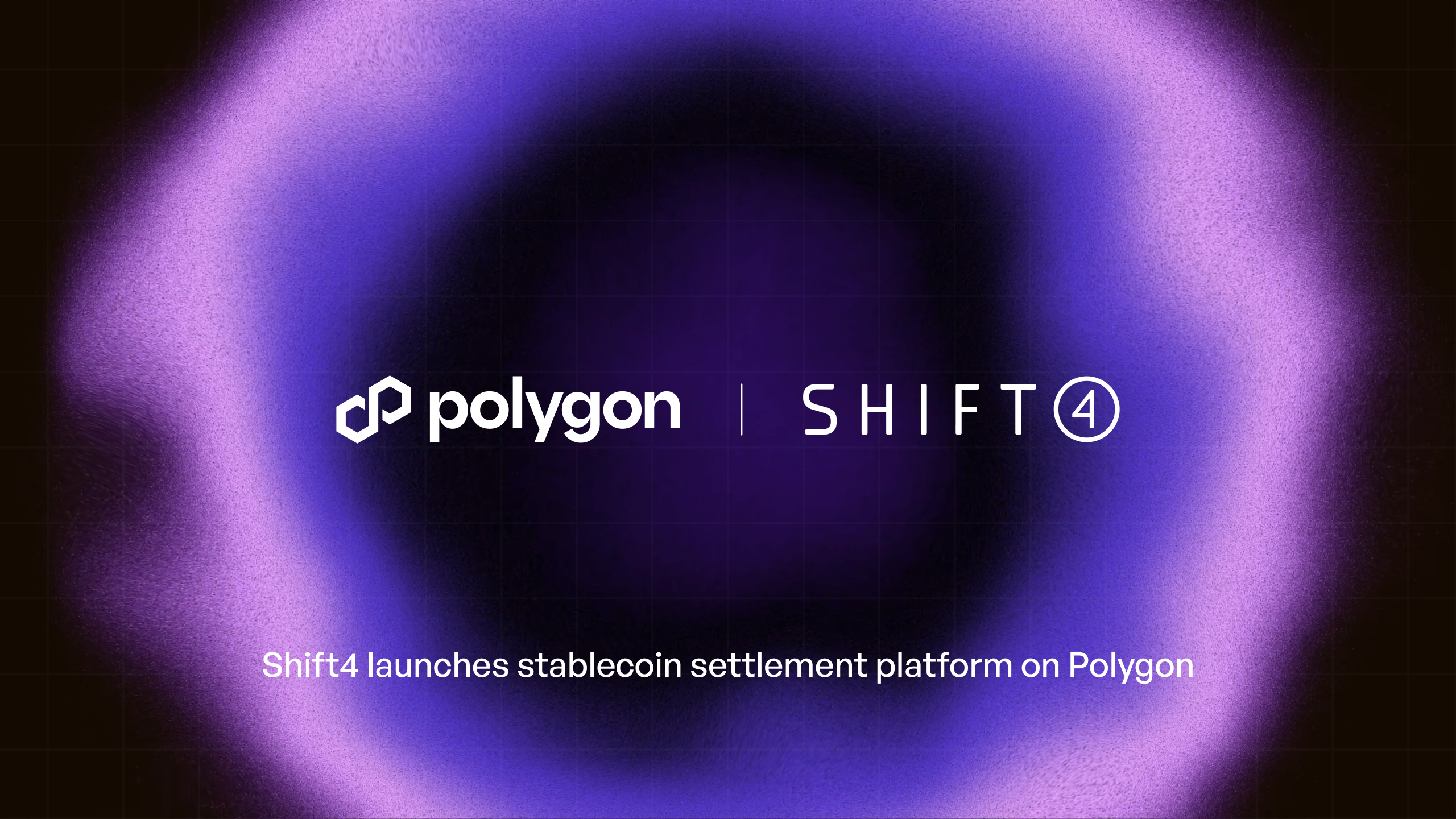
.png)

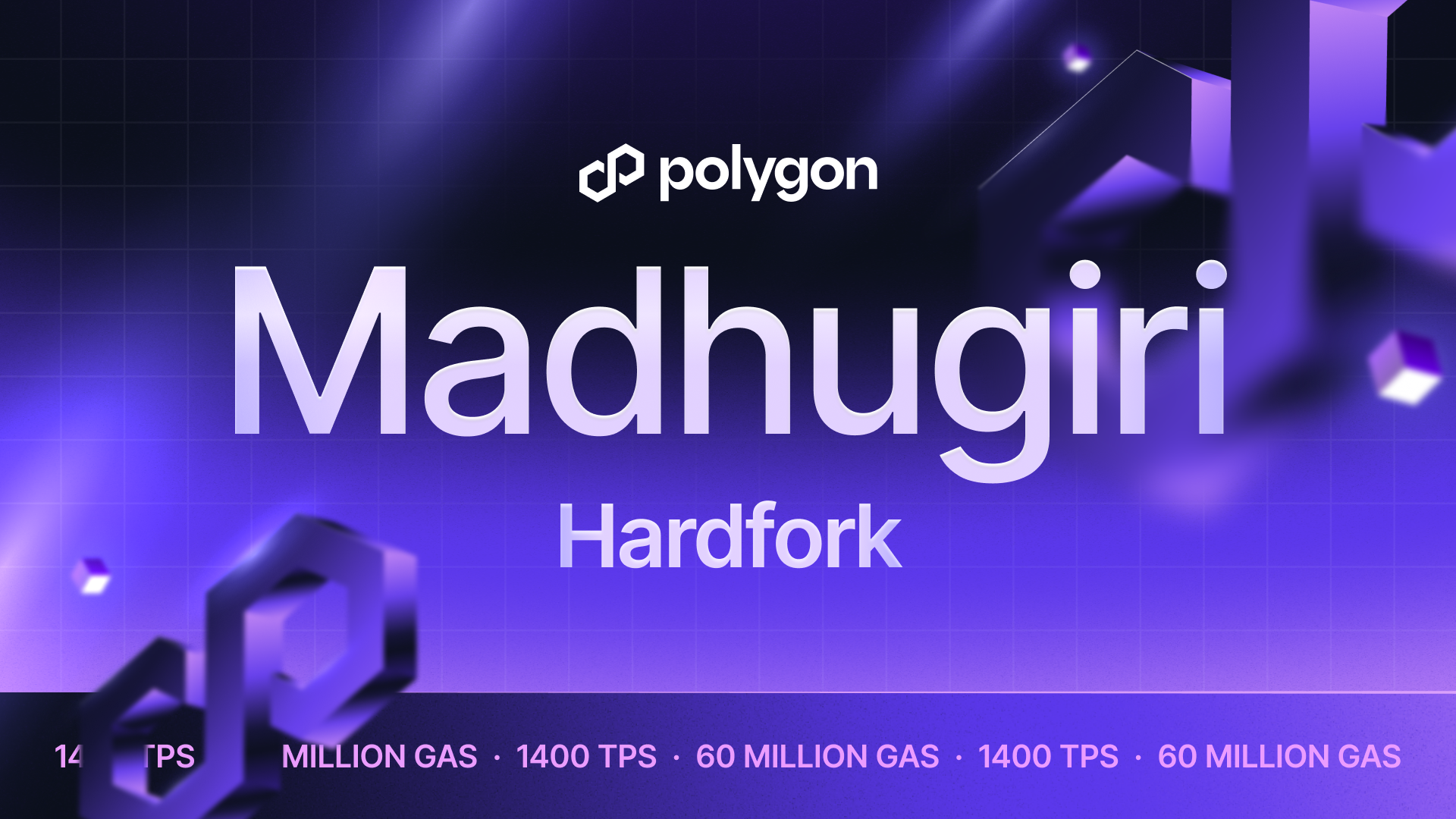

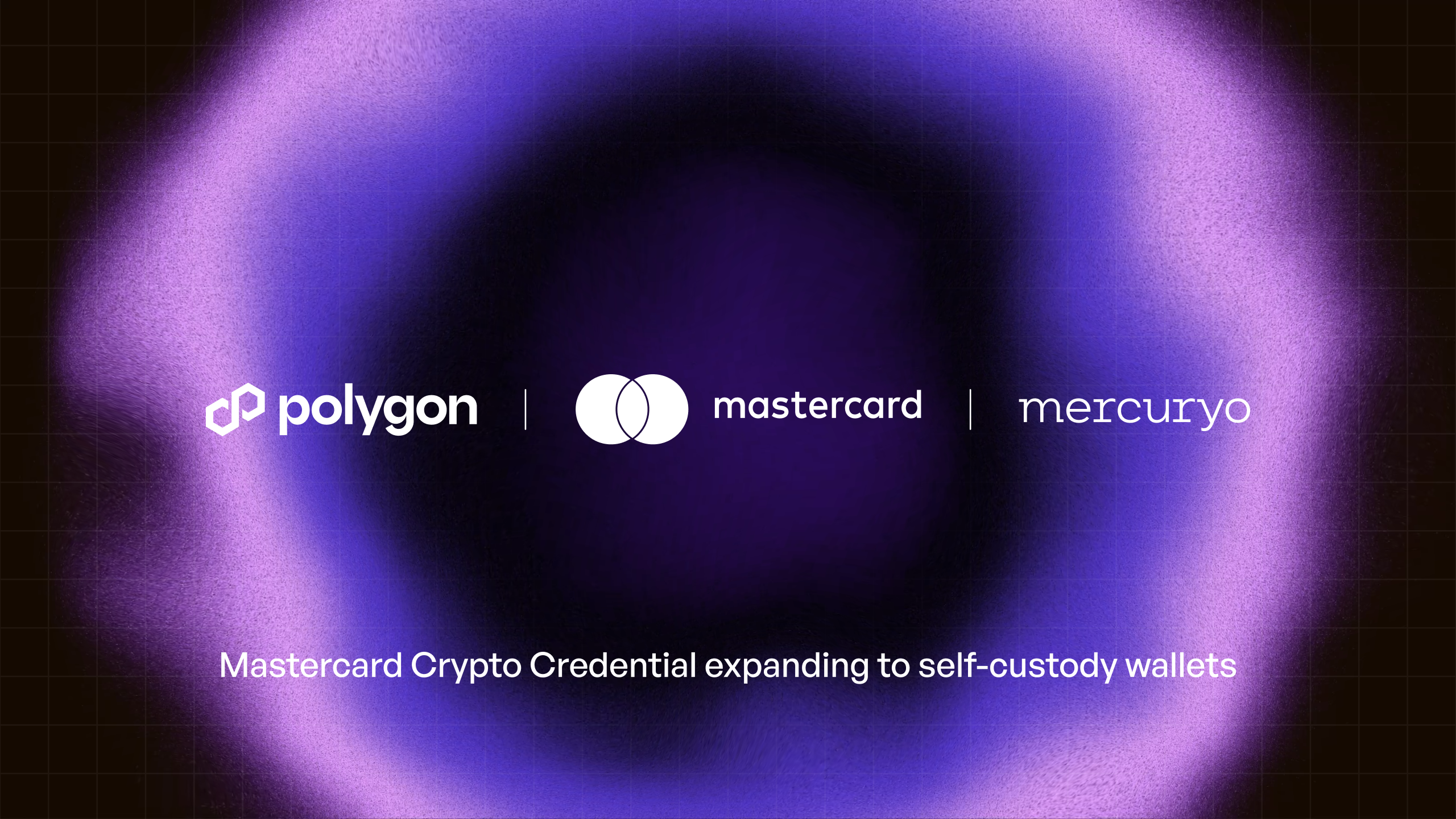

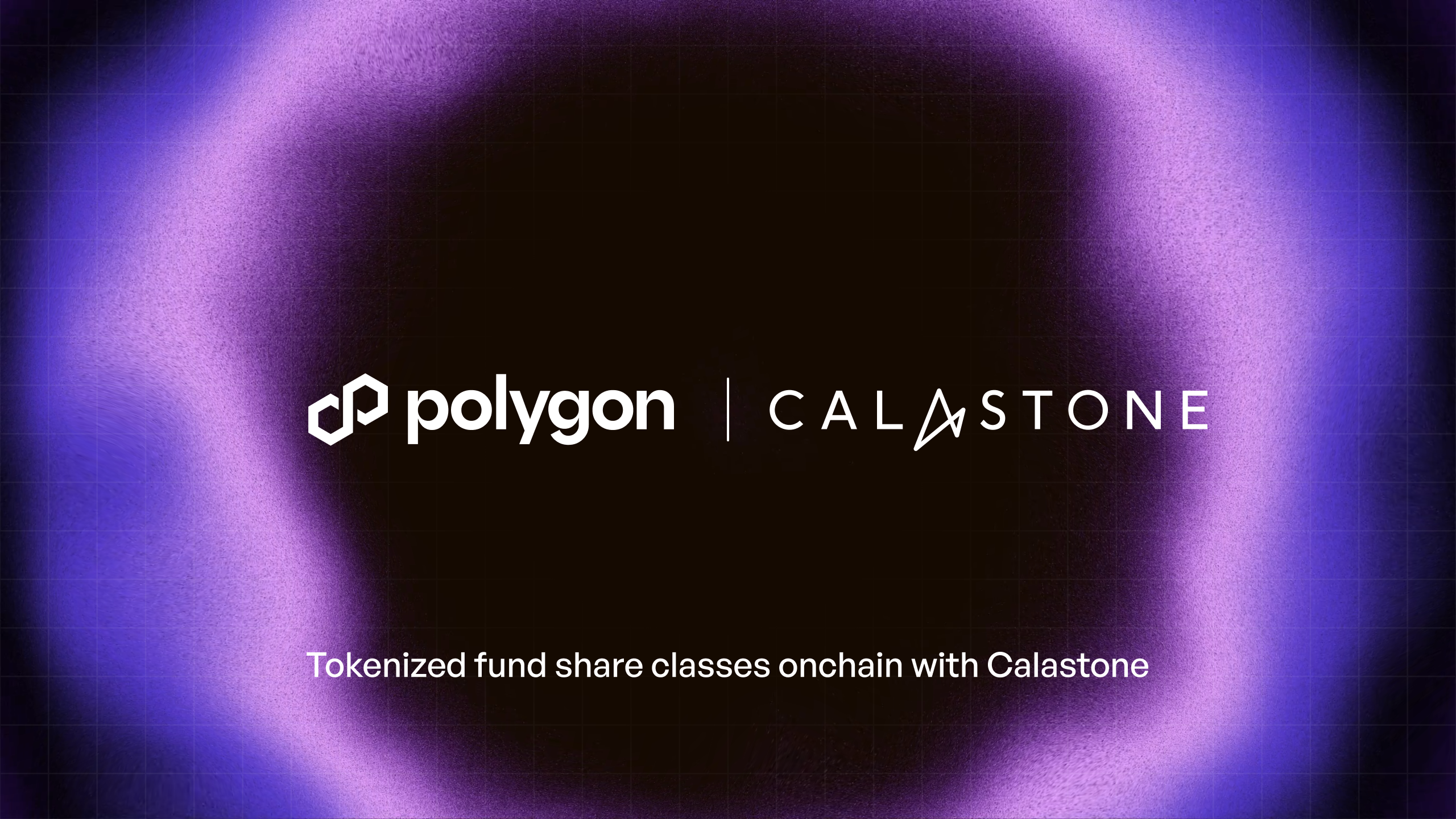
%20(1).png)

.png)
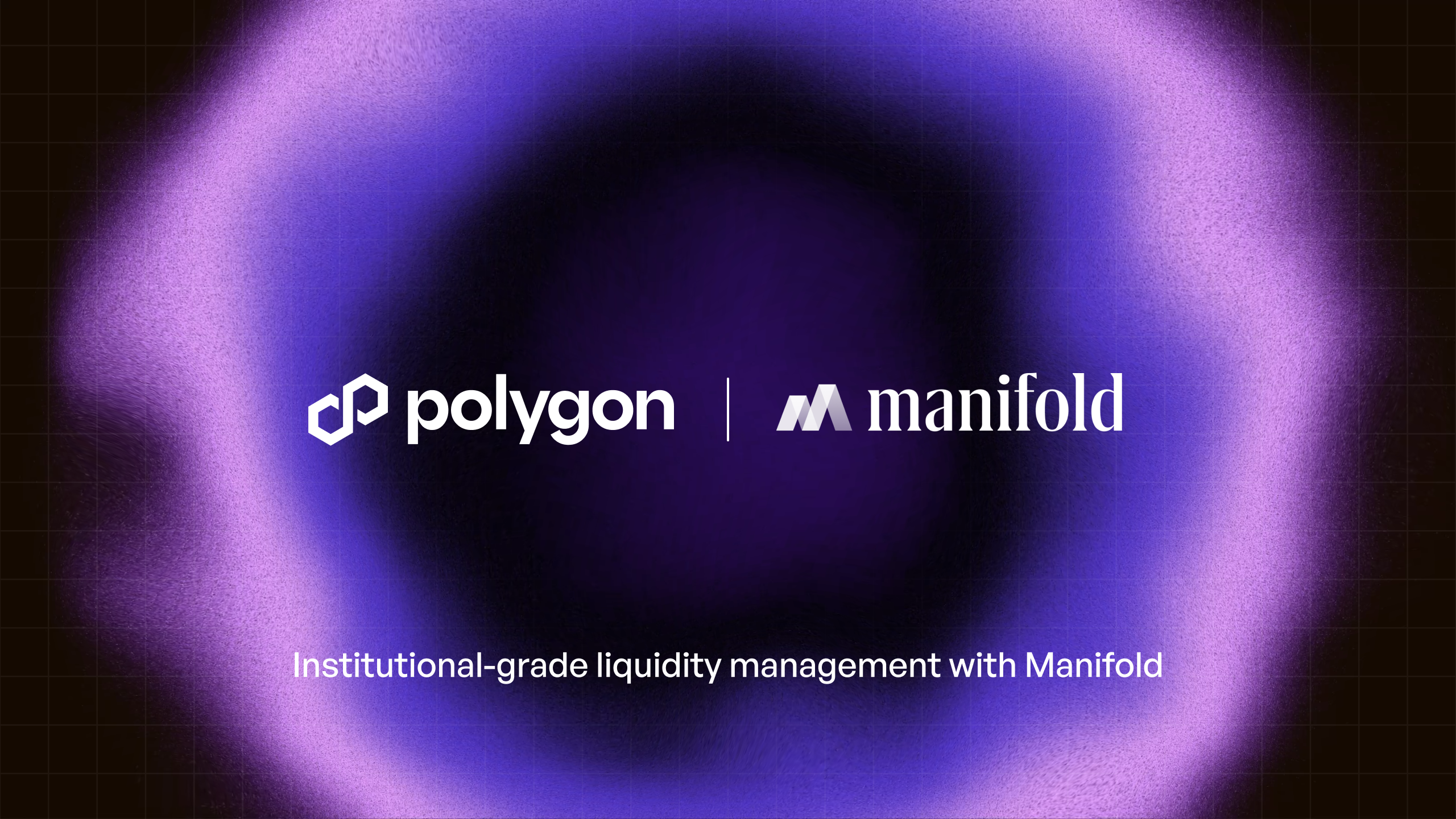
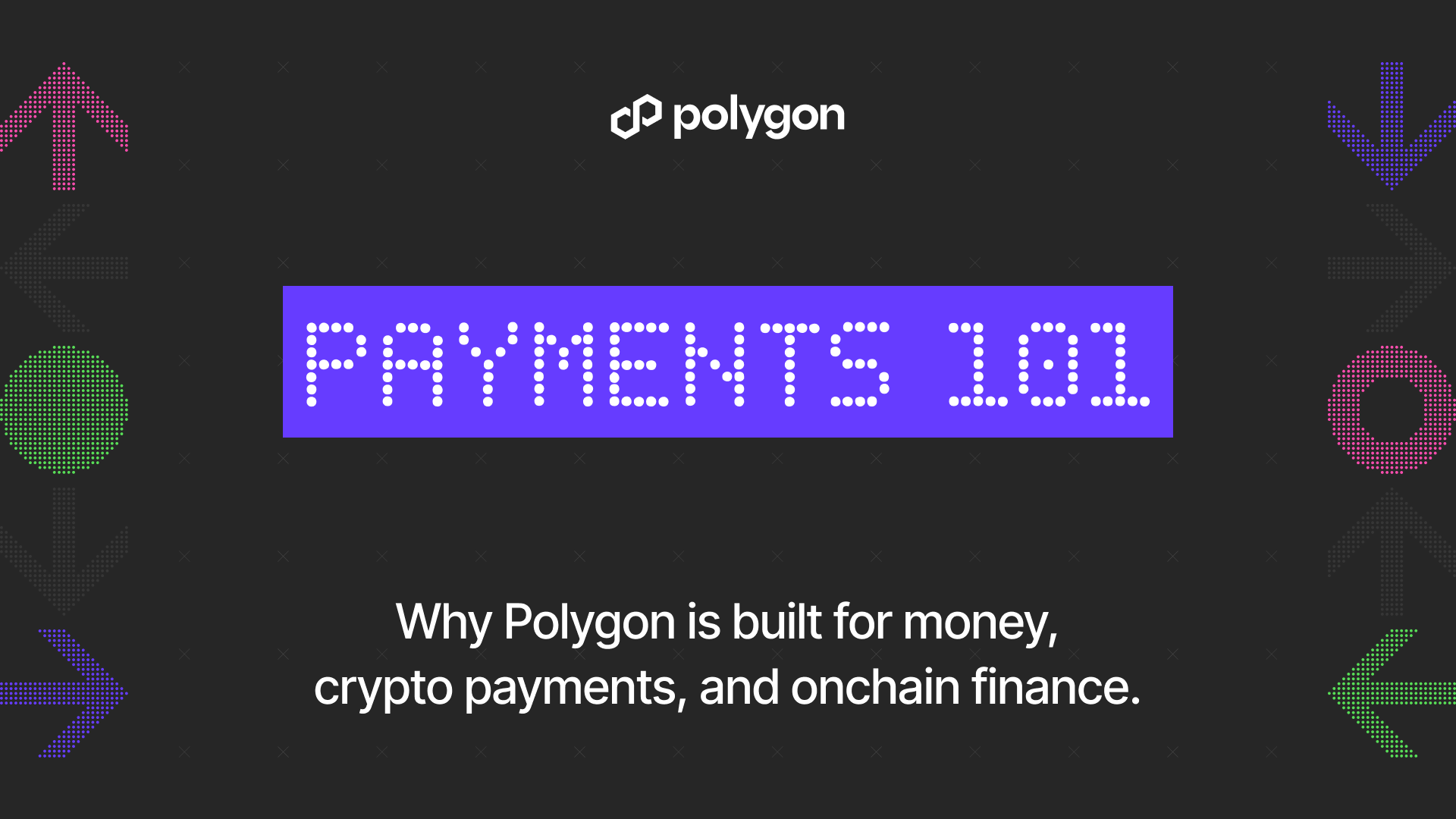
.png)
.png)